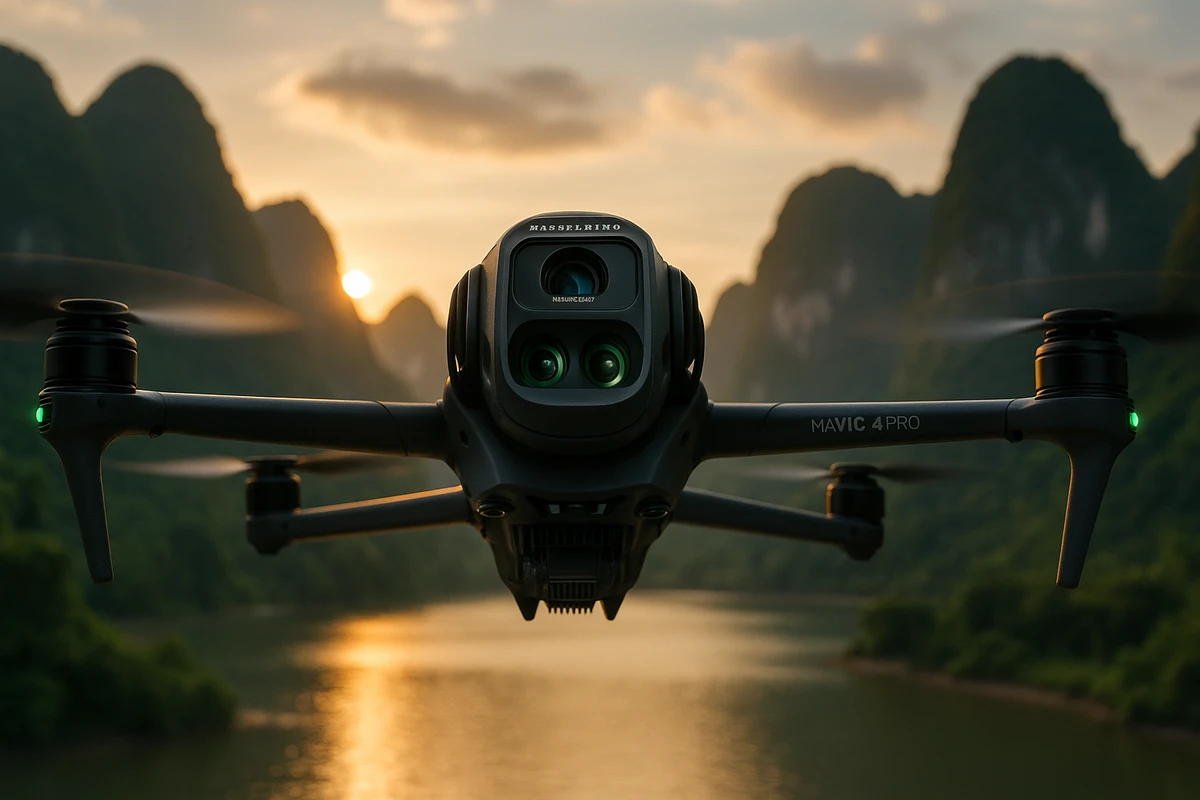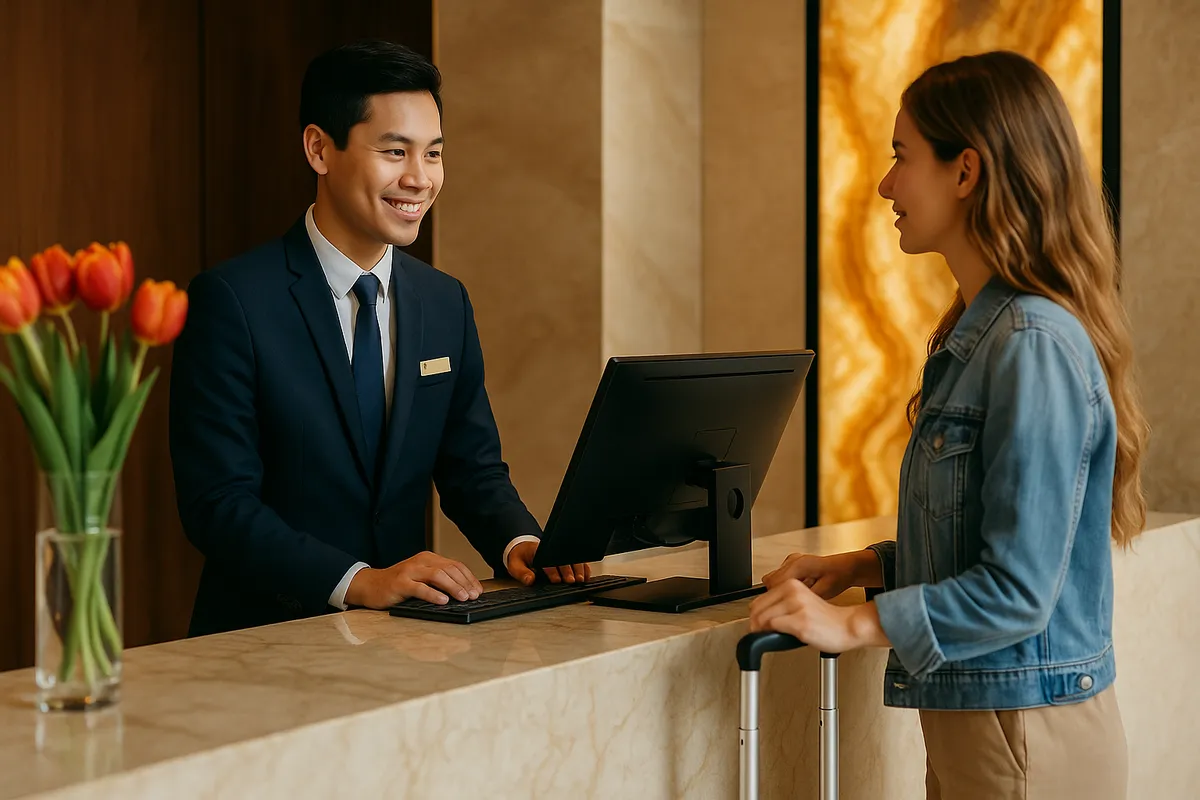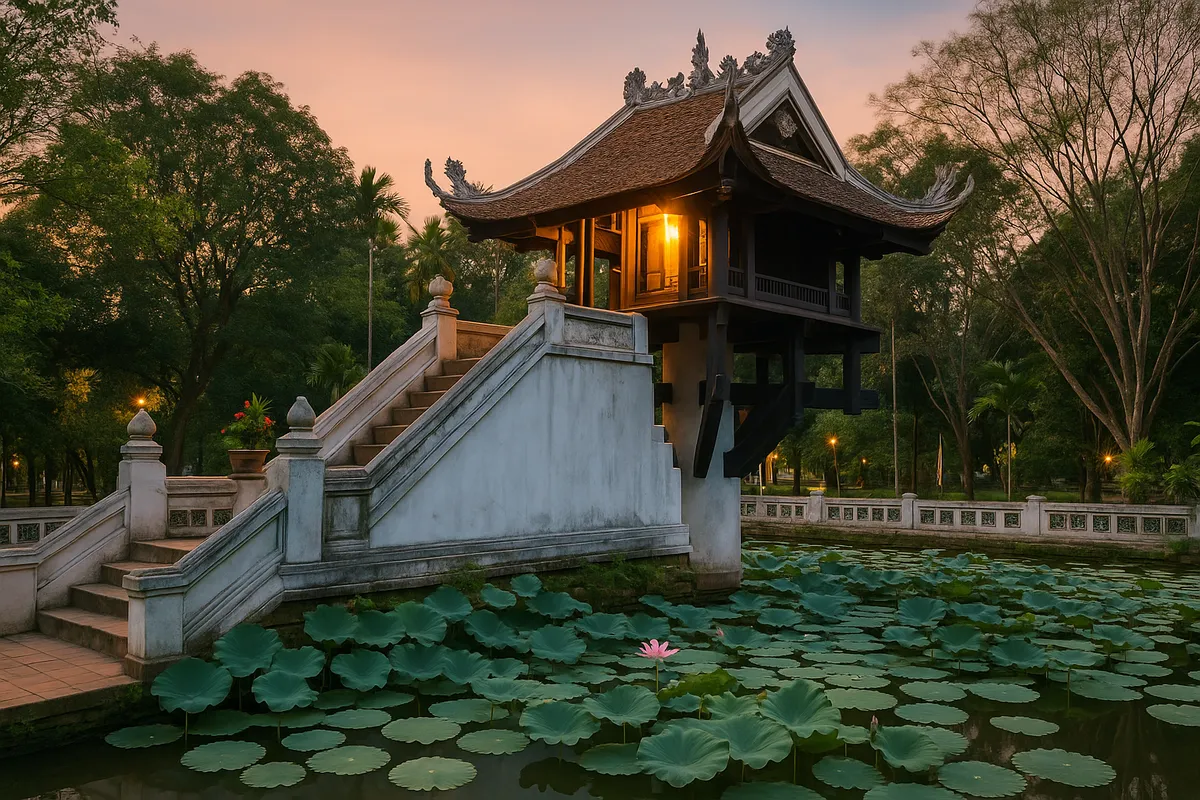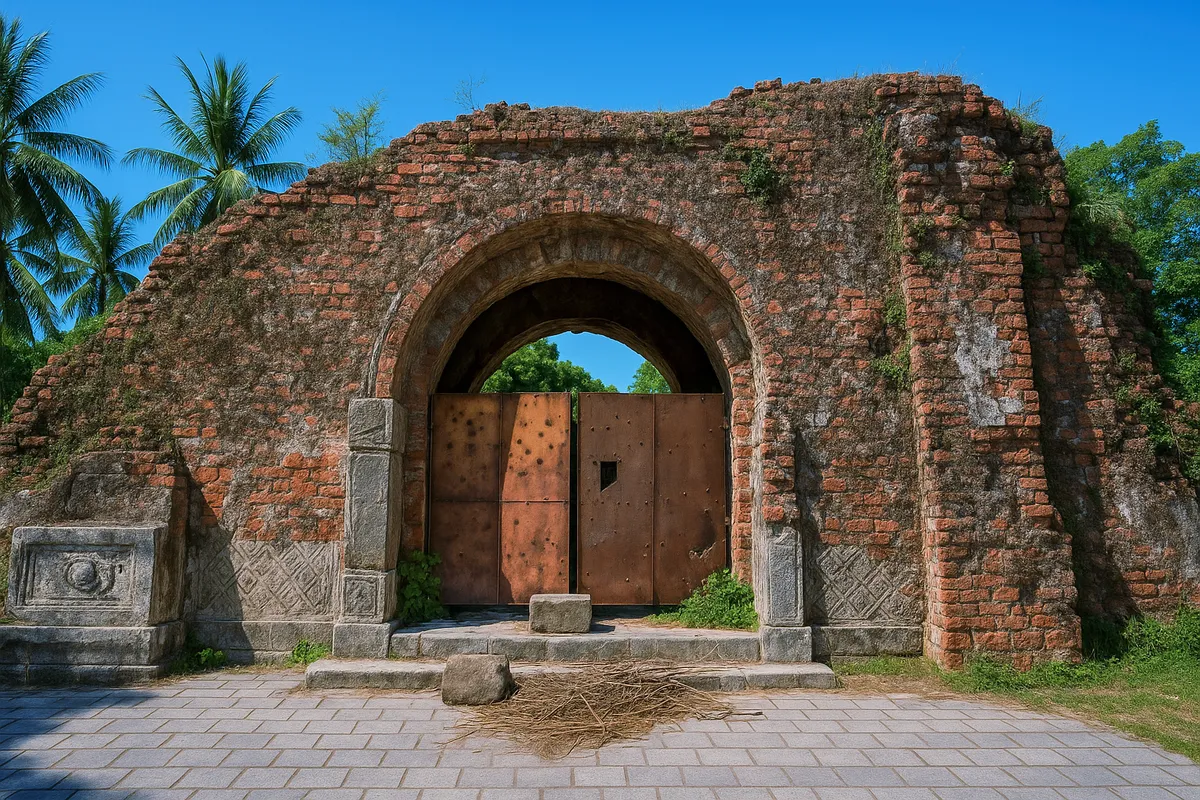Tips for using Drones properly while traveling under the new 2025 law
- Friday, Jun 20, 2025, 10:19 (GMT+7)
Tips for using Drones properly while traveling under the new 2025 law
Drones are no longer just tech gadgets for curious enthusiasts. They have become essential companions for travelers who want to capture landscapes from unique aerial angles. Misty pine forests at dawn, sunlit beaches, ancient rooftops viewed from above, these moments offer a magical visual experience that handheld devices cannot replicate. However, owning a drone does not mean it can be flown freely anywhere. With updated drone regulations in Vietnam, travelers now need to prepare thoroughly to avoid trouble or penalties.
From July 1, 2025, Vietnam’s National Air Defense Law will take effect with key changes that impact how drones are used for personal and commercial purposes. According to the new rules, all unmanned aerial vehicles must be registered before flight, except for those under 250 grams flying in unrestricted and permitted areas. This means that even lightweight models such as the DJI Mini series will still require documentation if flown in cities, near airports, around heritage sites, or close to government facilities.
Many people mistakenly assume that small drones are exempt from regulations or that casual use allows more flexibility. However, authorities are now enforcing these rules more seriously. Several travelers have already been stopped for flying drones in areas such as Hoi An Old Town, Ba Na Hills, Ha Long Bay, and locations near airports, due to missing permits or unauthorized filming of sensitive areas.
The new law clearly distinguishes between prohibited zones and restricted zones. Prohibited zones include military bases, airports, border areas, and defense sites. Drones cannot be used in these areas regardless of their purpose. Restricted zones include crowded urban spaces, historical monuments, event venues, and luxury resorts. Flights in these areas are only allowed with prior approval from local authorities or site administrators.
The Ministry of Defense provides maps of restricted and prohibited zones, updated every two years or as needed. These maps are available on official platforms. However, based on practical experience, travelers should not rely on maps alone. It is recommended to speak with local security staff, residents, or tour guides. They often have more accurate insights on current enforcement.
For drones over 250 grams or those used in restricted zones, users must prepare a detailed application. This includes photos of the device, technical specifications, serial number, intended purpose, flight time, flight area coordinates, diagrams, pilot information, and a valid ID copy. Applications can be submitted in person or through the national online portal. Approval typically takes three to seven business days, depending on the region.
Penalties under the new law are significantly higher. Individuals flying without authorization can be fined up to 60 million VND. Organizations may face fines up to 200 million VND for flying in prohibited areas or failing to comply with safety protocols. In serious cases, criminal prosecution is also possible. These scenarios are not theoretical. Similar incidents have occurred both in Vietnam and internationally.
Beyond legal considerations, practical safety is crucial. Travelers should carry spare parts such as extra propellers, a mini screwdriver, a fireproof battery bag, fast chargers, and a lens cloth. Always keep the drone and batteries in carry-on luggage. Do not place them in checked baggage. Some airlines require lithium batteries to be declared or limit their quantity. Review airline policies carefully before flying.
For flights near islands or mountainous terrain, checking local weather is essential. Sudden wind gusts can cause crashes or loss of control. Early morning is often the safest time to fly, with calm winds and ideal lighting. It is also important to activate Return to Home mode and set a maximum altitude according to the area.
Regular firmware updates are highly recommended. They help the drone recognize updated no-fly zones and comply with safety boundaries. Without updates, your drone may unintentionally fly into restricted areas. Save offline flight maps if you expect limited internet access.
Avoid spontaneous flights. Some assume short flights will go unnoticed, but security cameras and patrols make detection likely. Unauthorized drone usage can disturb other travelers or interfere with tourism operations. Responsible flying is always the better approach.
Choose the right device and location based on your needs. If you are only capturing personal memories, use a compact drone in quiet areas where flights are less likely to cause disruption. If you are creating content for professional use, prepare full documentation including permits and flight plans in advance.
Flying a drone during travel can enhance your journey significantly, creating one-of-a-kind images and videos. However, the experience is only meaningful when it is carried out responsibly. Aerial photography becomes more than just a hobby when combined with knowledge, safety, and legal awareness. In the end, technology itself is neutral. It is how we use it that determines whether a drone becomes a tool for creativity or a source of unnecessary problems.

 CHECKIN.VN
CHECKIN.VN








Share on